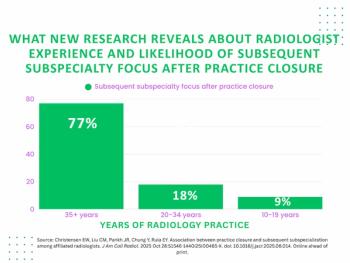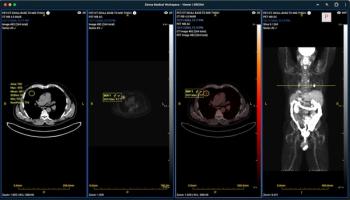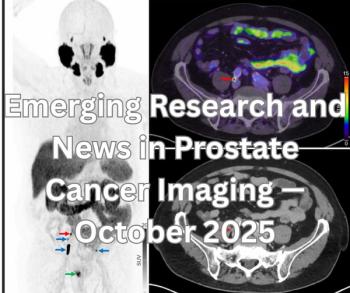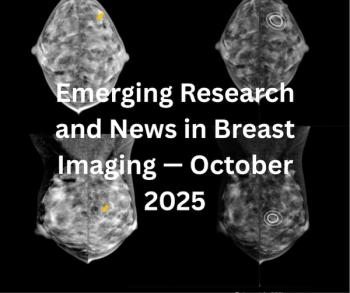
Can EHR Interventions Have an Impact in Conserving Iodinated Contrast Media in Radiology?
A recent study found the use of an alert and a request for more clinical information in a multisite health system’s electronic health record (EHR) system led to a 12 percent reduction in contrast-enhanced computed tomography (CT) exams per day and a 15.2 percent reduction in orders for CT with contrast media per day.
The use of electronic health record (EHR) interventions may have a considerable impact in curtailing the use of iodinated contrast media (ICM) for computed tomography (CT) examinations, according to a new study published in the American Journal of Roentgenology (AJR).
In response to the
“The study showed a significant decline in utilization of contrast-enhanced CT after implementing two EHR order entry-based interventions designed to conserve iodinated contrast media … . The findings indicate the ability to achieve rapid changes in practice after system-wide EHR implementation,” wrote lead study author Daniel I. Glazer, M.D., the medical director of computed tomography and director of Cross-Sectional Interventional Radiology (CSIR) at the Brigham and Women’s Hospital, and colleagues.
According to the study, the first EHR intervention, instituted on May 10, was an alert that would appear whenever clinicians would order neck, chest, abdomen, or pelvis CT exams with contrast enhancement. The study authors said the alert would remind ordering clinicians about the ICM shortage and suggest alternative imaging modalities and/or imaging strategies specific to the requested CT order. A second EHR intervention, instituted on May 16, changed a box for detailed clinical information from optional to required for CT orders with IV contrast media. If no additional information was provided, the exam proceeded without IV contrast media, according to the study authors.
(Editor’s note: For other related content, see “
The study revealed that the weekday average number of patients who had a contrast-enhanced CT exam went from 726 in the pre-EHR intervention period (April 1-May 9) to 639 in the second post-EHR intervention period (May 16-July 3). Overall, researchers noted a 5.1 percent decrease in CT exams performed with ICM between the pre-EHR intervention period (53.8 percent) and the second post-EHR intervention period (48.7 percent).
“The findings may provide a model for the use of EHR-based initiatives to impact behavior in the event of future crises that require prompt practice changes,” suggested Glazer and colleagues.
In regard to study limitations, the data was derived from one health-care system, albeit one with multiple sites. Accordingly, the authors note the findings may not be applicable to other health-care settings. Given that the study was a little over three months in duration, Glazer and colleagues noted that long-term sustainability of the changes in CT ordering patterns is unknown. They also pointed out that the study included CT exams that were scheduled and protocoled prior to the use of the EHR interventions.
“The observed decline in contrast-enhanced CT utilization may have been greater if the analysis had been limited to only examinations ordered after the (EHR) interventions were in place,” added Glazer and colleagues.
Newsletter
Stay at the forefront of radiology with the Diagnostic Imaging newsletter, delivering the latest news, clinical insights, and imaging advancements for today’s radiologists.






























